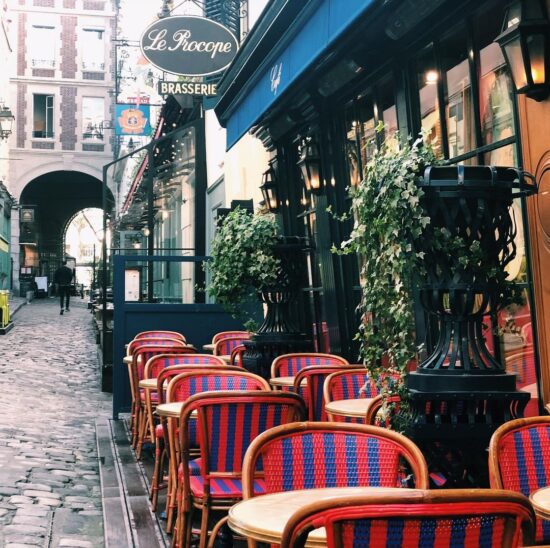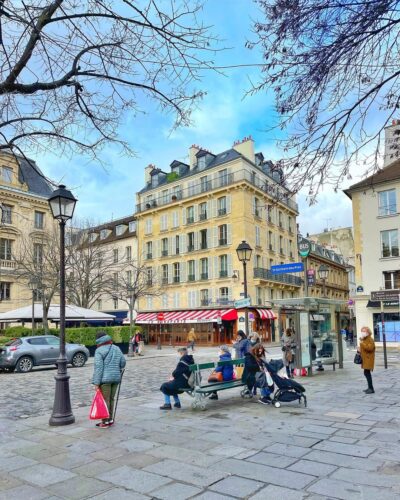Discover Saint-Germain-des-Prés
Discover Saint-Germain-des-Prés. Paris had just been upgraded into a political capital of the Frankish kingdom and the need to take on the role of a religious center as well was apparent. In the year 555, a former abbot named Germain who had been previously expelled from his abbey of Saint-Symphorien because of his unrestrained alms-giving to the poor is chosen by the King of Paris Childebert I (one of the four Frankish kings following Clovis I’s death) to serve as bishop of the city.
In 558 King Childebert I manages to fulfill his 15-year pledge for the construction of a church and abbey that would house a relic of St. Vincent. Bishop Germain later St. Germain consecrated the church that in a matter of days became the burial place of the king and many Merovingian kings that followed.
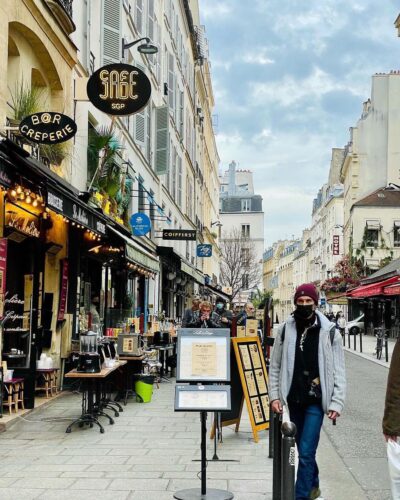

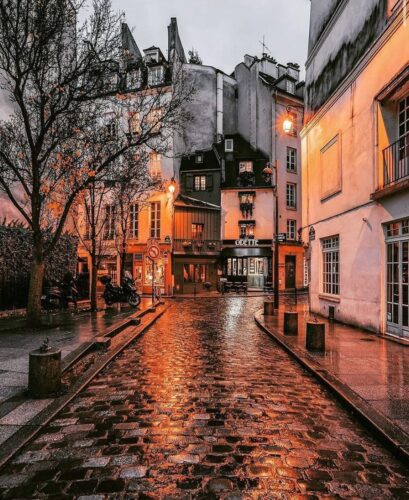
St. Germain became a patron saint of Paris and for centuries after his death in times of plague and crisis, his relics were carried out in procession through the streets of Paris. The Merovingian Abbey of Saint-Germain-des-Prés kept growing until it became a village despite the fact that it stayed outside the city walls. The abbey complex grew to be the most important abbey in France with an annual fair that attracted merchants from all over Europe.
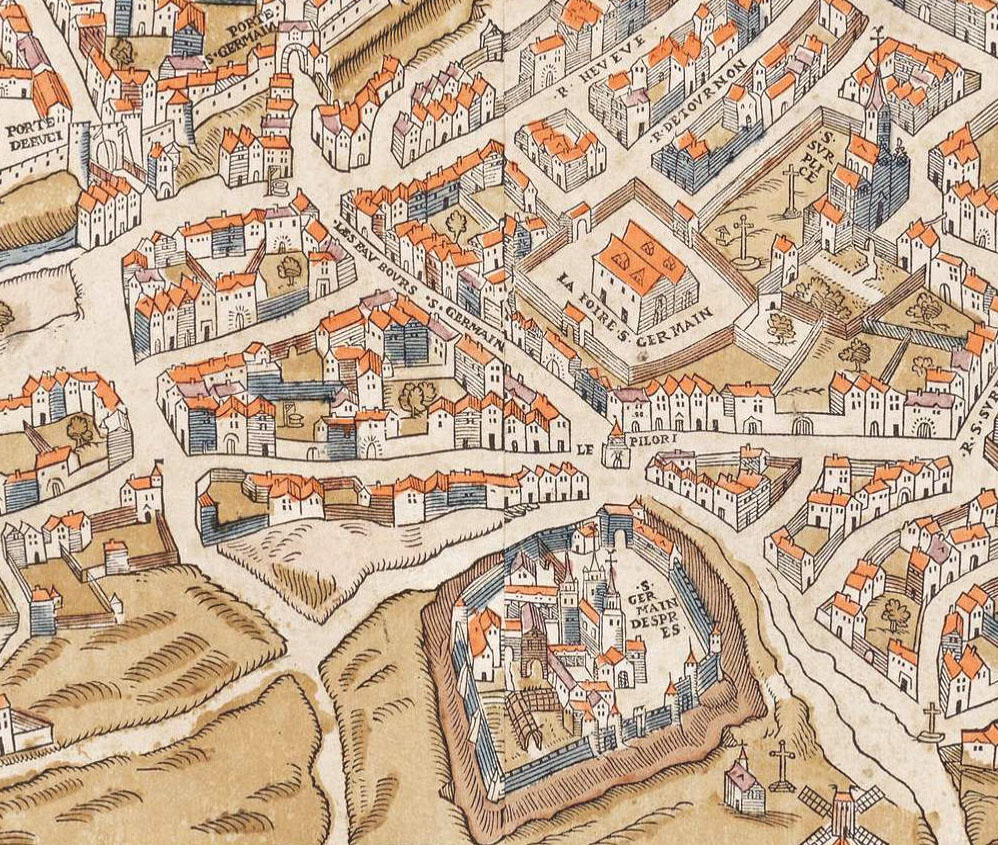

Gradually the land of the abbey was incorporated into the city and around the 16th century the area became very popular among wealthy aristocrats who were looking to build homes a bit further away from the bustling center.
The abbey was a cultural hub from the very beginning a character that spread into the whole neighborhood especially in the course of the 17th and 18th centuries when together with the adjacent Latin Quarter the two areas were the stage of all academic life, of Parisian intellectuals and writers like the Encyclopédistes.
That tradition carried on up until the 20th century when St. Germain’s cafes became the favorite meeting point of young existentialists like Jean-Paul Sartre, Simon de Beauvoir, and Albert Camus, and many of its basement cellars were transformed into nightclubs where dozens of American jazz artists performed every night, giving St. Germain the feel an amusement park for brainy people.
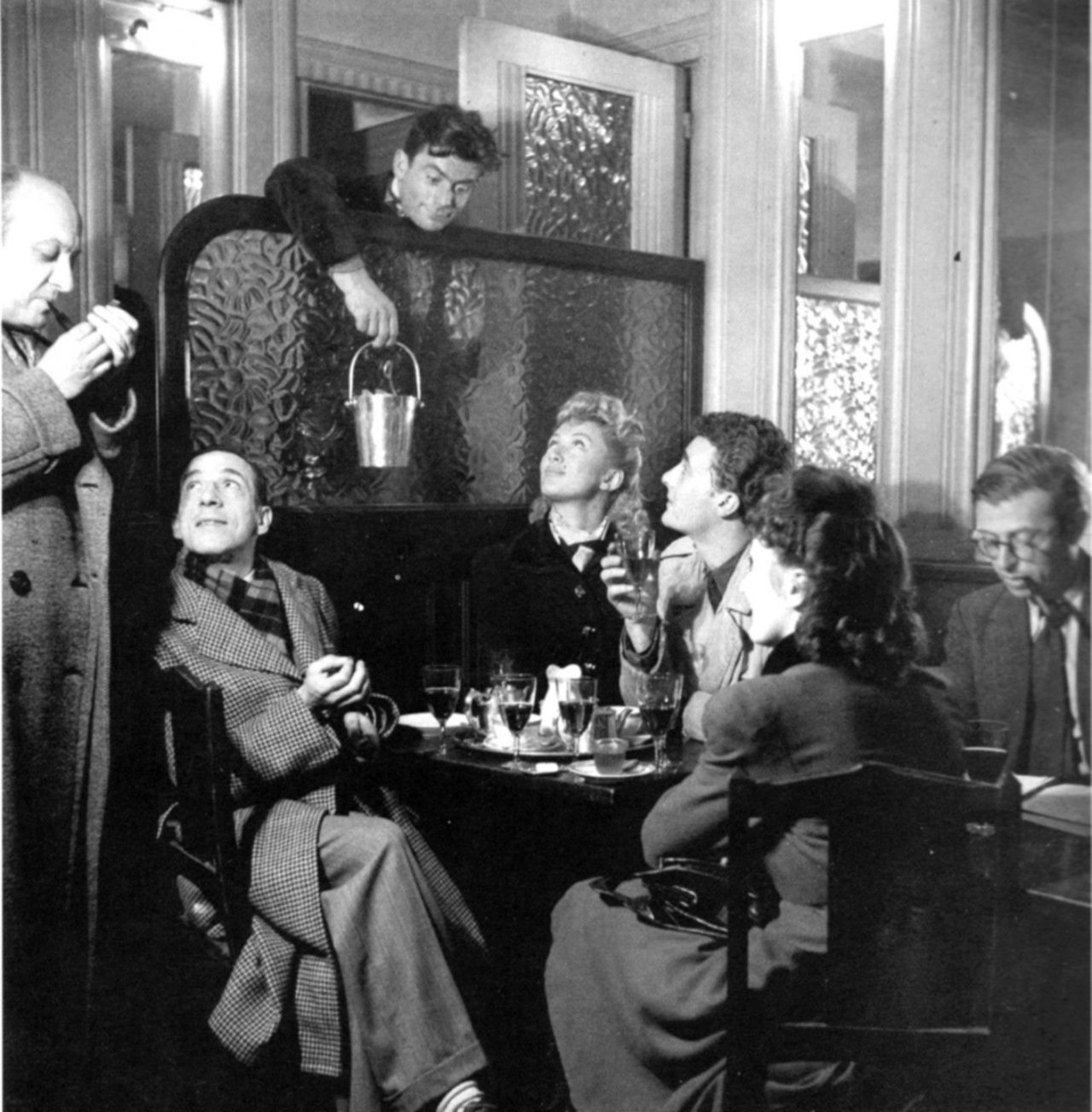
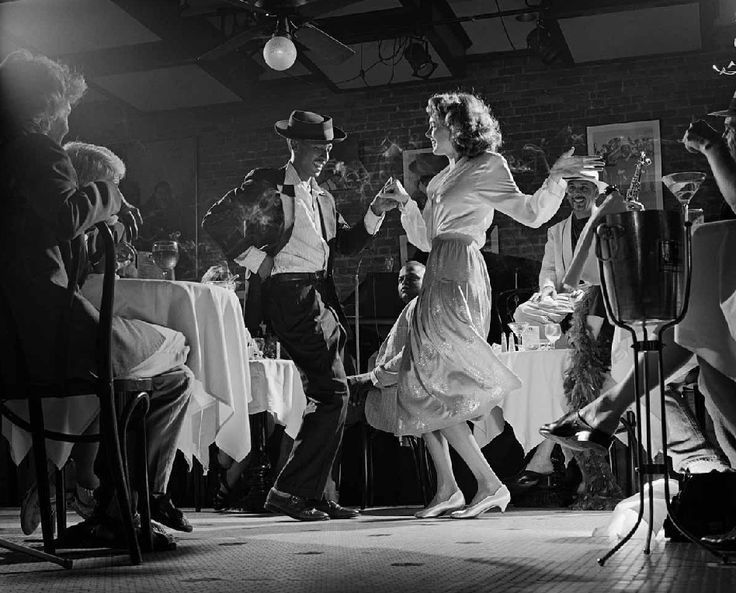
What are the main interest points of the area today? First of all the Church of Saint-Germain. Its amazing architecture is a mix of Romanesque and Gothic architecture. Most of its elements date back to the period between the 10th and 13th centuries while the pillars that support the twelfth-century choir are originally built in the sixth century giving it the title of the oldest church in France.

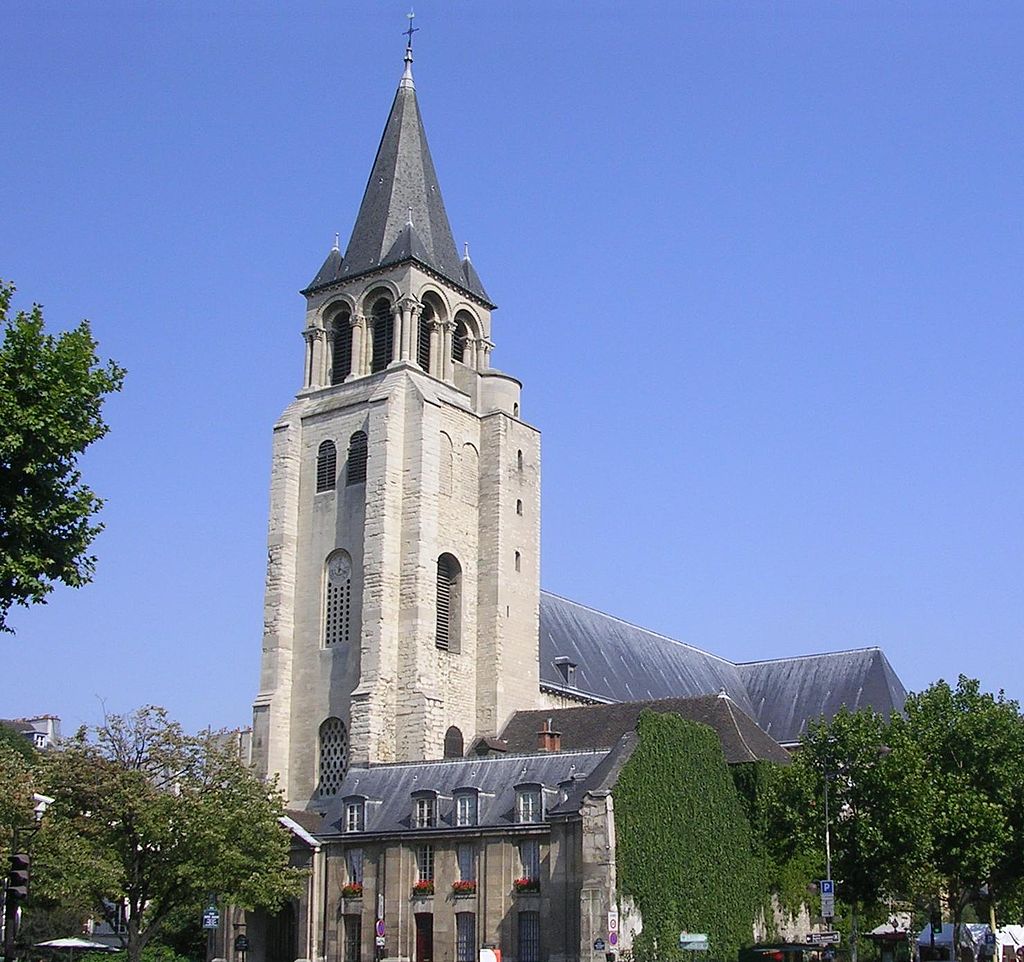
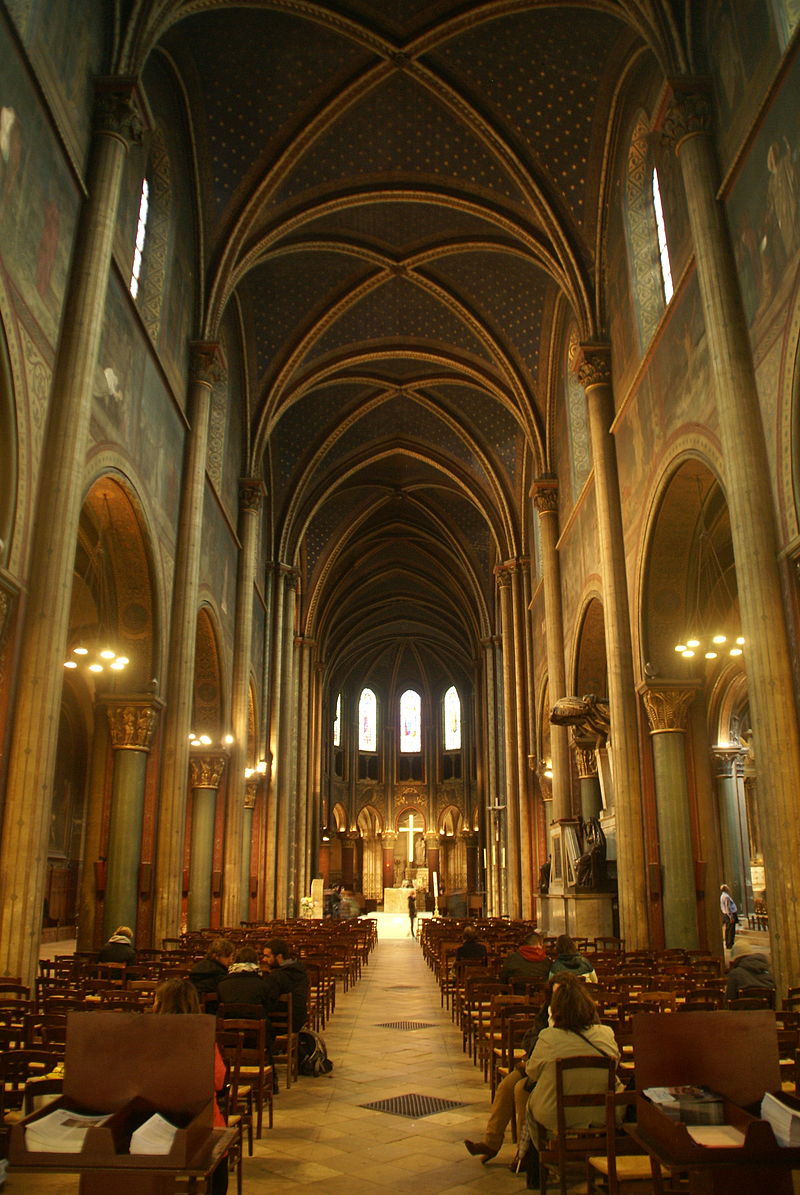
Then there’s the Musée national Eugène Delacroix. The museum used to be the last apartment of the famous painter who wanted to be close to the Saint-Sulpice church and the chapel he had been commissioned to decorate in 1847. The museum which opened in 1932 with the support of a group of painters, collectors, and curators who decided to save the artist’s final place of creation from being demolished became a national museum in 1971.
The building’s facades and roofs on the courtyard and garden side, as well as the museum, the garden, and the studio, were listed in the supplementary inventory of Historical Monuments in 1991.
Today the museum boasts the collection of over a thousand artworks by Delacroix—paintings, drawings, prints, writings—and objects that belonged to him, as well as artworks created by artists who admired him. Delacroix is considered the leader of the French Romantic school, and one of the most important artists of all time.
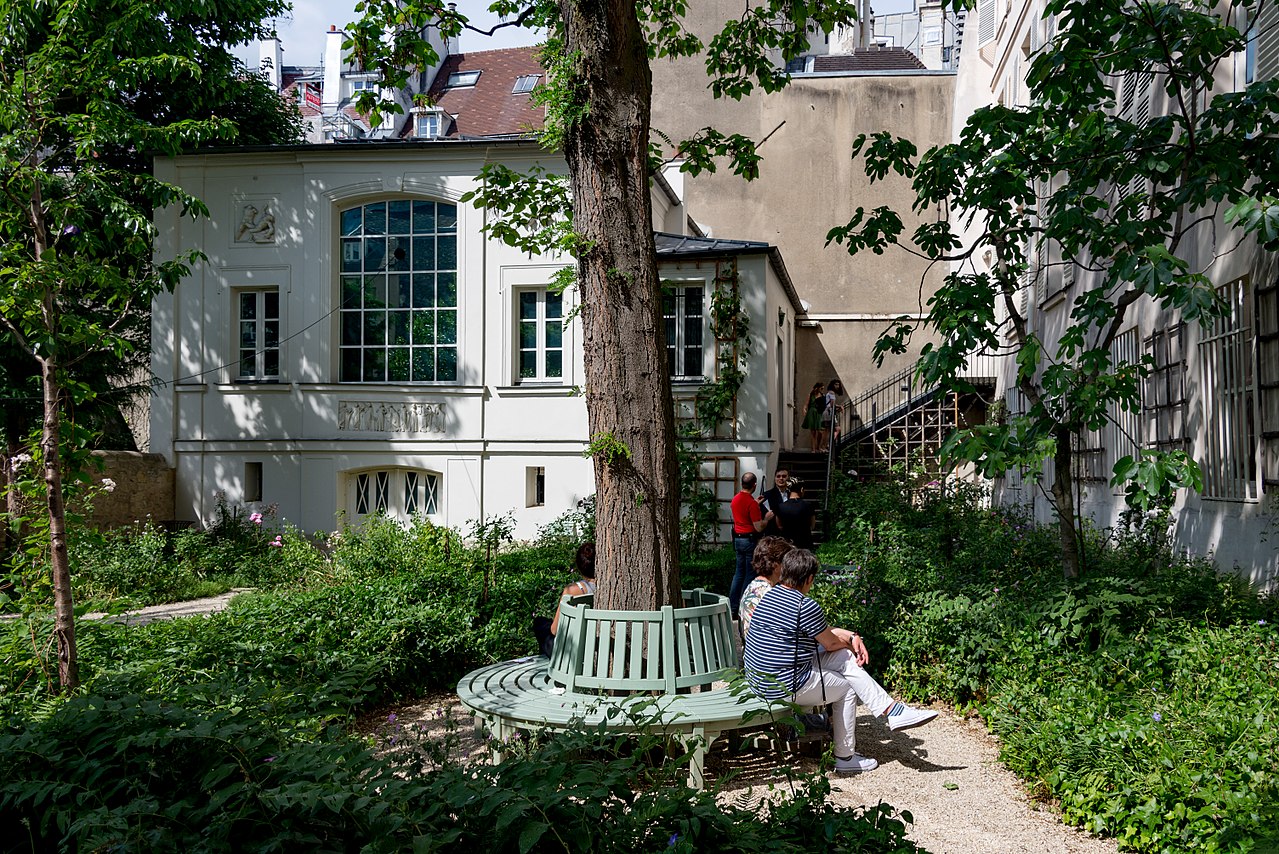
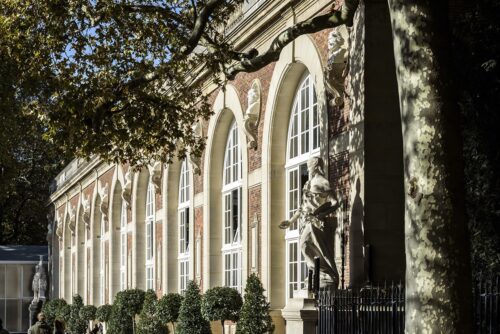
Two blocks south of the Delacroix museum lies a church that became a favorite of conspiracy theorists after the novel The Da Vinci Code by Dan Brown, Saint-Sulpice Church. There’s a passage in the novel where the narrow brass strip that runs from the middle of the nave to an obelisk next to a statue of Saint Peter (the Gnomon of Saint-Sulpice is an astronomical measurement device) is used as a clue for the quest for the Holy Grail.
Despite the fact that the claim “Long before the establishment of Greenwich as the prime meridian, the zero longitudes had passed through Paris and through the Church of Saint-Sulpice” isn’t in fact true, the world fame of the church skyrocketed. Despite the fact that almost all of Brown’s facts are skewed to fit the story, Saint-Sulpice is definitely worth a visit especially if you Delacroix’s paintings.
The stunning Chapelle des Saints-Anges is decorated by him. The square in front of the church, Place Saint-Suplice, is a great place to catch your breath, have a coffee, and take some great photos in front of the impressive fountain dedicated to four Parisian bishops.

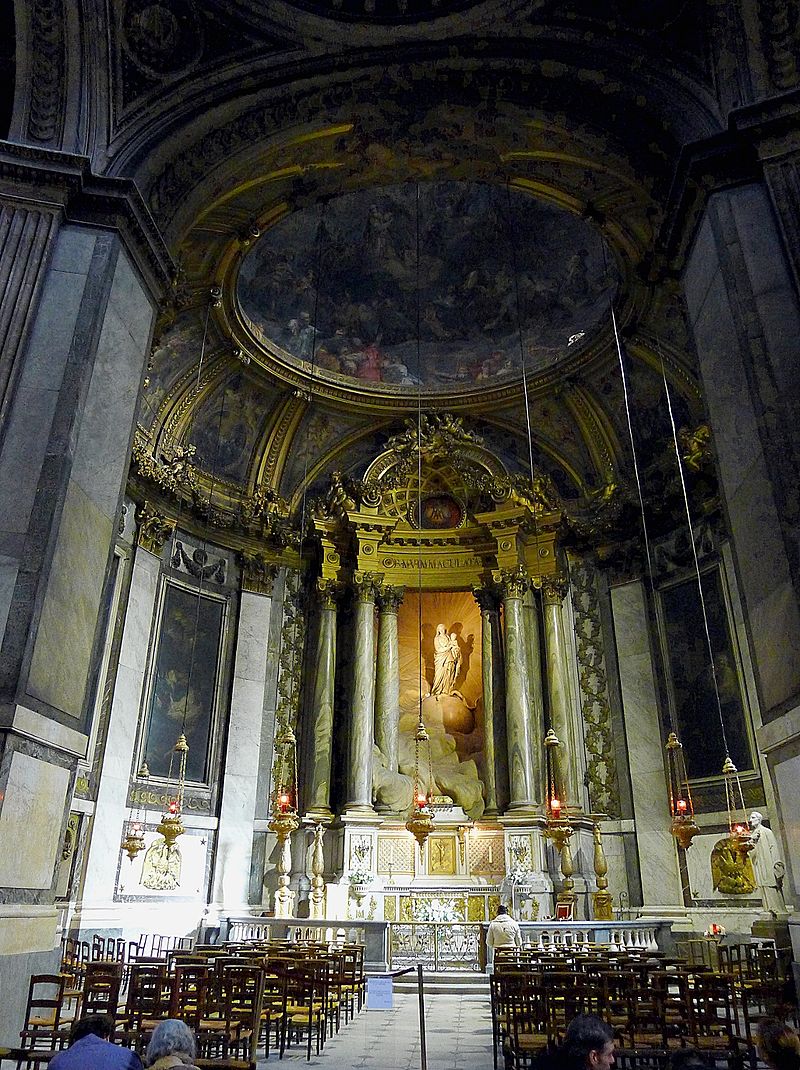

Of course, this legendary district is not exactly a place you take off your bucket list by ticking away its landmarks. It is a place you need to lose yourself in. To immerse yourself into its literary feel by visiting one of its many bookstores, antique shops, and small boutiques.
To enjoy your coffee in one of its legendary cafes like Café de Flore or Ernest Hemingway’s favorite the ‘Les Deux Magots’. To have a typical French dish in one of its old restaurants. Ideally, you can end your day with a wine in one of its bistros or a cocktail in one of its cocktail bars.
